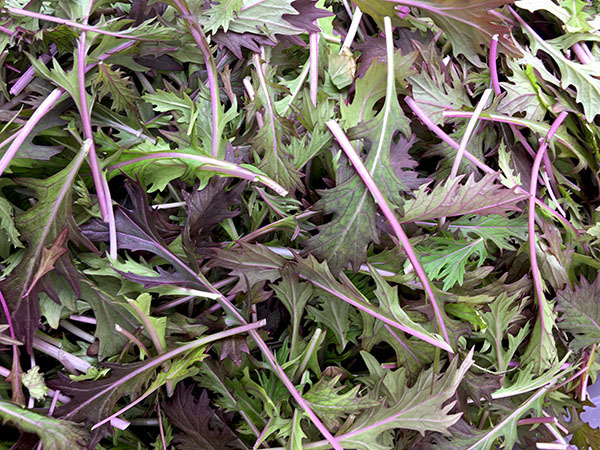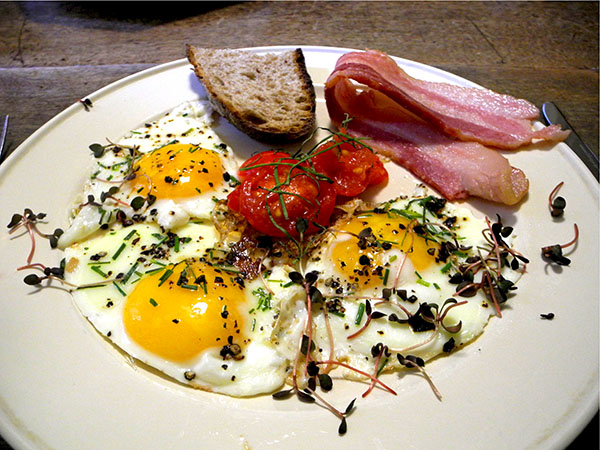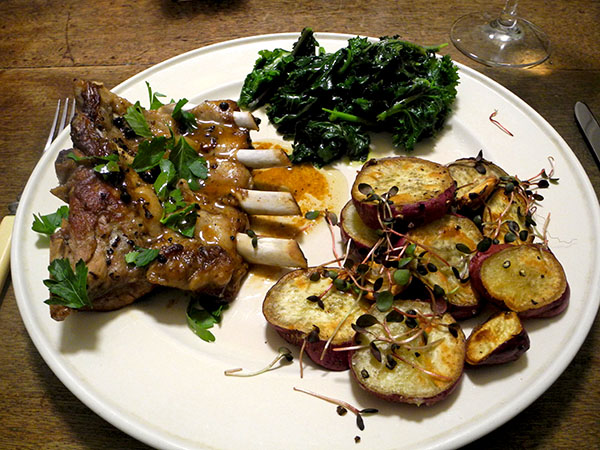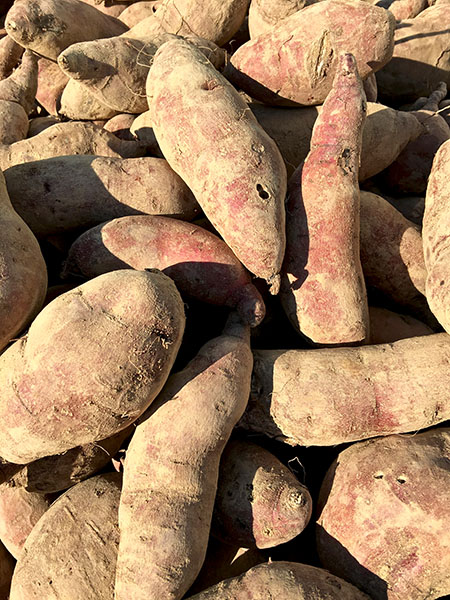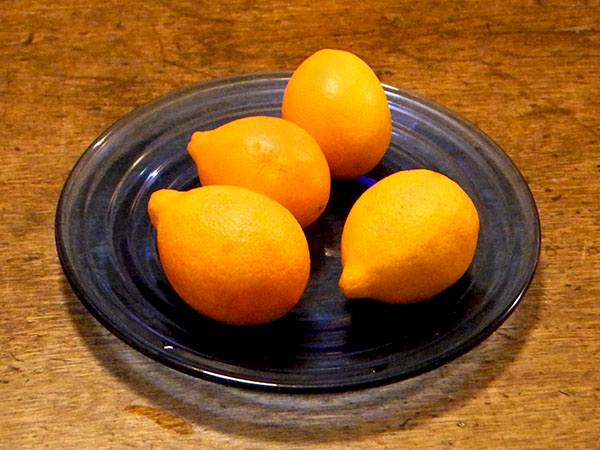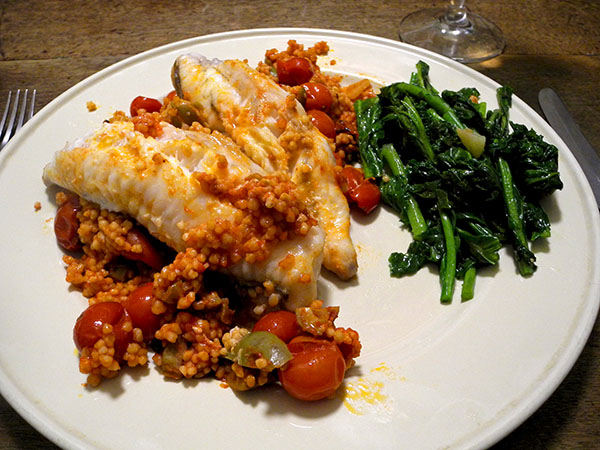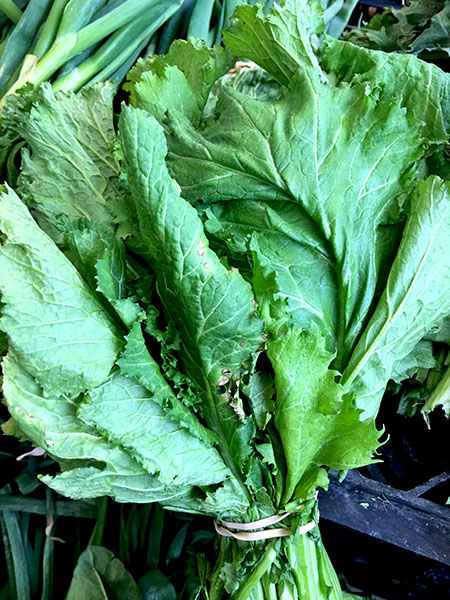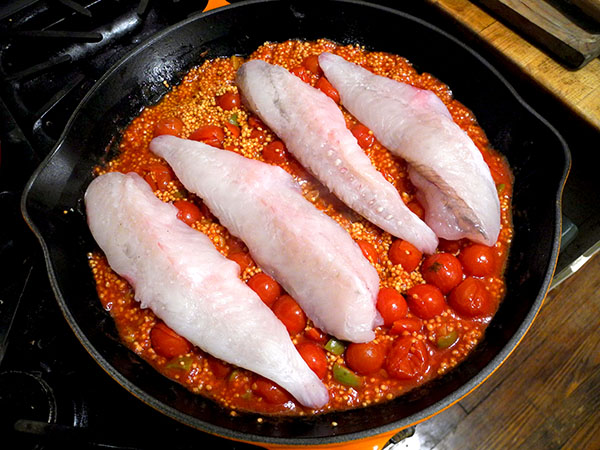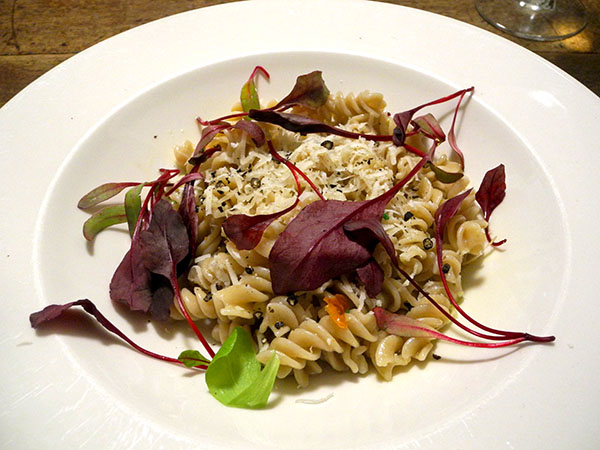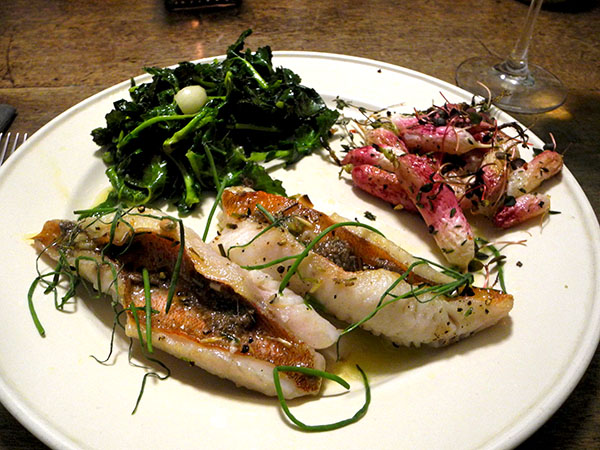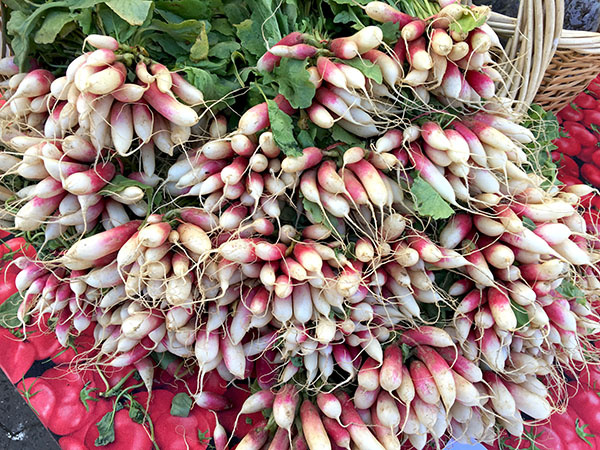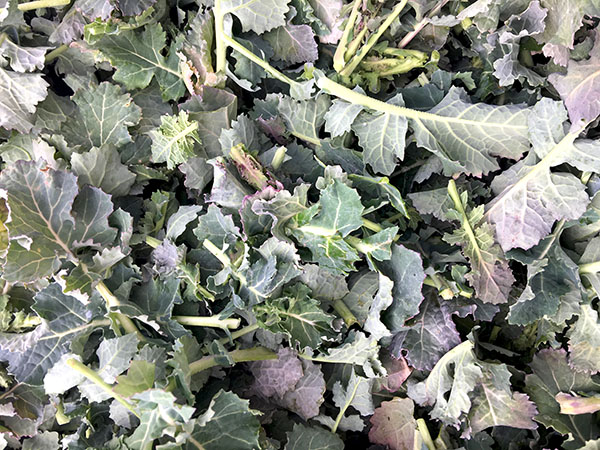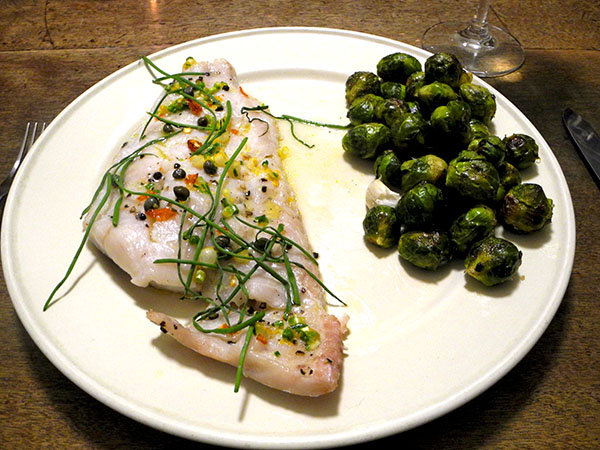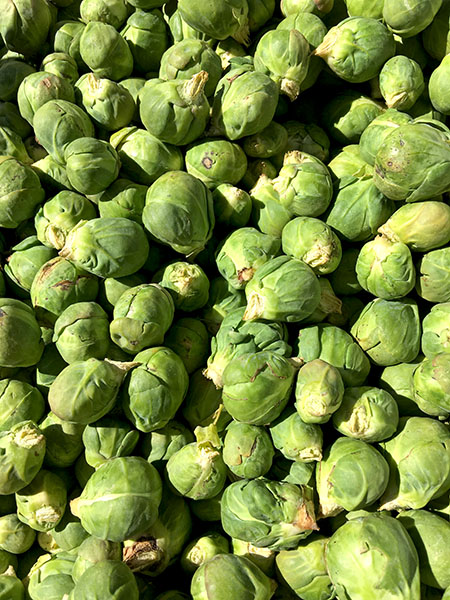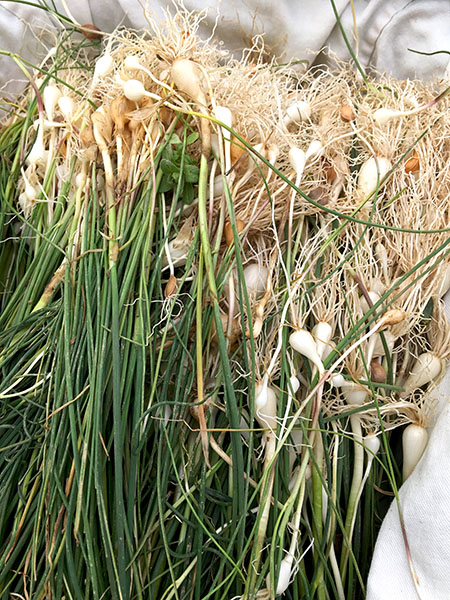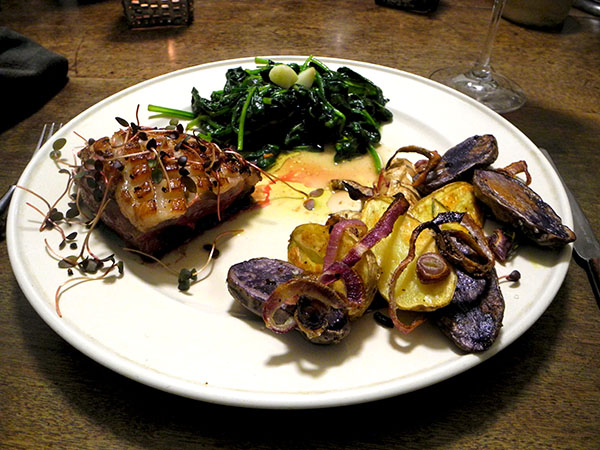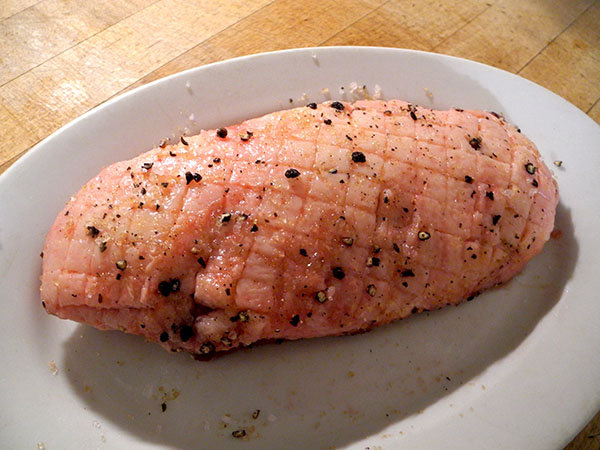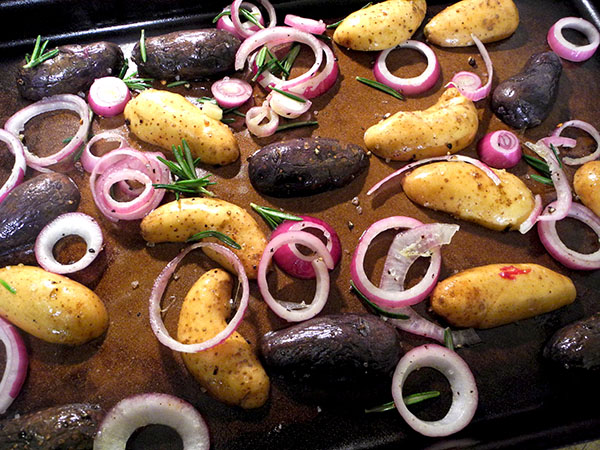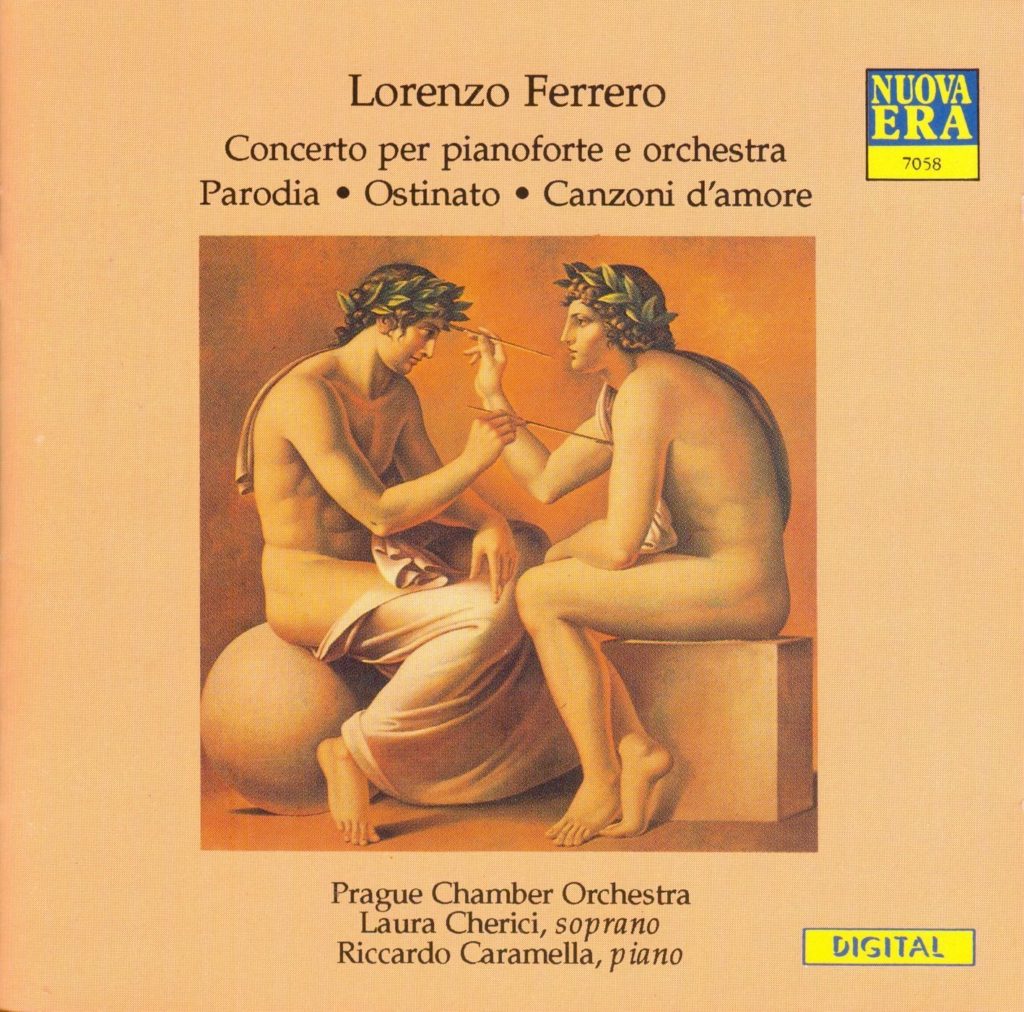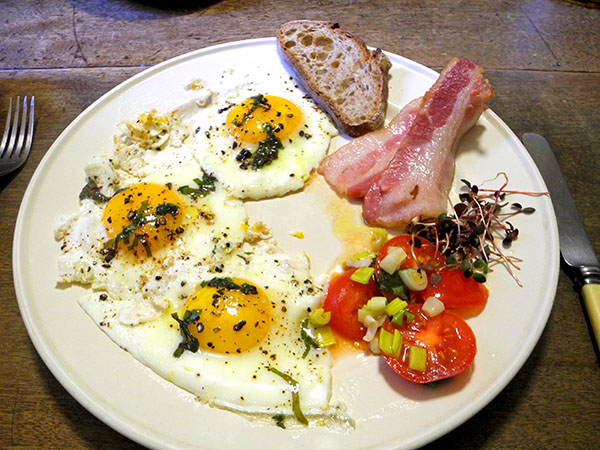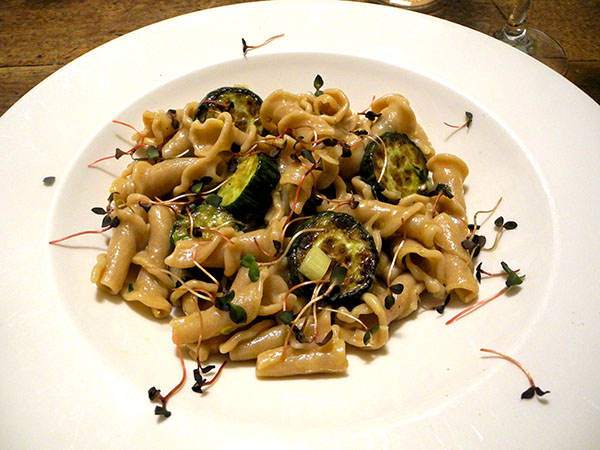
Whenever I have enough time in the kitchen to come up with a new treatment of a familiar ingredient, I go for it, but it doesn’t happen often enough. I repeat myself more often than I want to, even if there are always at least slight variations in the repetitions. I’d like to be more innovative, especially as I become more confident, but if a plan is in order, even if the product is supposed to seem like it just sort of ‘happened’, more time is needed than I usually allow myself.
I’ve always found it’s easiest to be innovative with pasta, for reasons related to its role as a ‘vehicle’ for incorporating any number of other ingredients. It’s made even more simple by having access to excellent local products (using local grains and vegetables) like those produced by Sfoglini.
The ‘other ingredient’ this time, aside from the grain of the pasta itself, was an Asian cucumber that I had picked up at the Greenmarket on Friday, but it was only the jumping off point for creating a dish I had never seen or eaten before.
The antipasto was a proper foil to the primi: I happened to have on hand a small stash of smoked wild salmon, some delicious sweet baby arugula, and a sweet Balthazar small whole wheat boule from Whole Foods
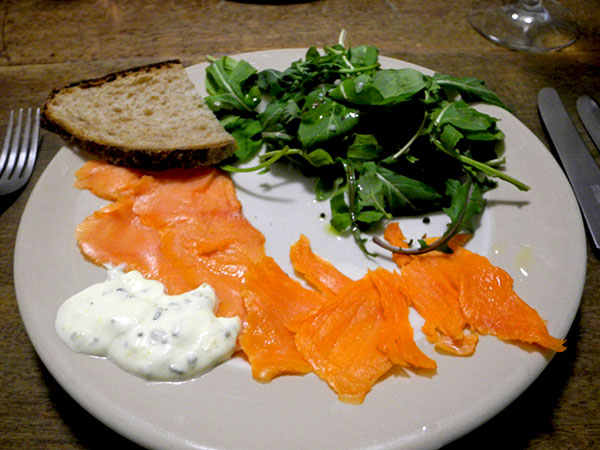
- three ounces of Brooklyn’s Acme Smoked Fish Corporation ‘Ruby Bay’ smoked wild-caught King salmon, from Whole Foods, arranged on 2 plates with a bit of a simple sauce of crème fraîche from Ronnybrook Farm Dairy, chopped wild garlic stems from Lani’s Farm, and a little zest and juice of a sweet local lemon from Fantastic Gardens of Long Island
- baby arugula from Windfall Farms, dressed only with a little olive oil from Campania, Syrenum D.O.P. Peninsula Sorrentina
- slices of a Balthazar whole wheat boule purchased at Whole Foods Market
We were able to enjoy the pasta only a few minutes after finishing the antipasto because I had already prepped much most of the ingredients, including bringing the pasta water to a boil.
- one chopped spring garlic from John D. Madura Farm and one chopped Japanese scallion from Norwich Meadows Farm softened in a little olive oil inside a large enameled cast iron pot, before adding one ‘Asian’ cucumber from Shushan Valley Hydro Farms, cut into 2-centimeter pieces and already sautéed, also in olive oil, inside a separate tin-lined copper pan until it had begun to brown and blister, additionally, one tablespoon or so of ‘Kerrygold Pure Irish Butter‘, and some juice of a local sweet lemon from Fantastic Gardens of Long Island, everything stirred together, and 8 ounces of Sfoglini ‘rye blend trumpets’, cooked seriously al dente, tossed in, along with some of the reserved pasta water, and stirred, some zest from the same lemon, plus a tablespoon or more of white balsamic vinegar and some chopped lime basil from Lani’s Farm added, and finally, one or two more tablespoons of butter, winding up with the contents of the pot stirred over a low-to-moderate flame for a couple of minutes to blend the flavors and the ingredients, the pasta served in shallow bowls and sprinkled with red wasabi micro radish from two Guys from Woodbridge
- the wine throughout the meal was an Italian (Sardinia) white, La Cala Vermentino di Sardegna 2015
- the music was a pretty obscure 1717 opera by Antonio Vivaldi, ‘L’incoronazione di Dario’, in a performance by Ottavio Dantone and the Accademia Bizantina (a terrific recording, one we had first enjoyed last July)


